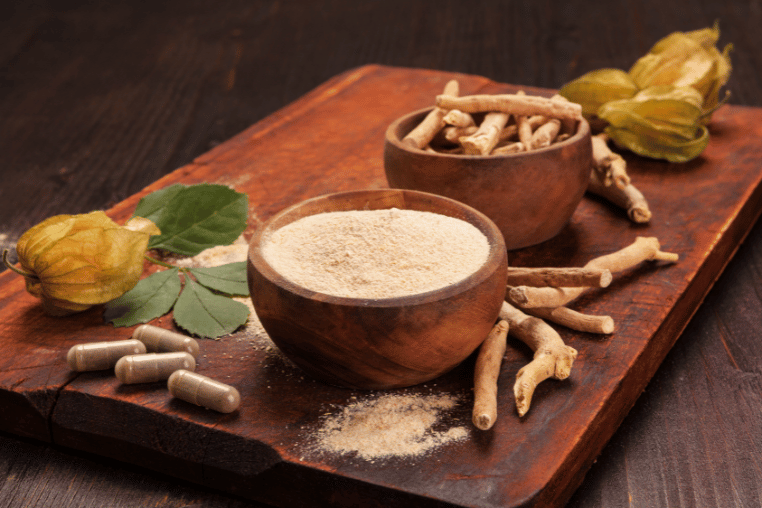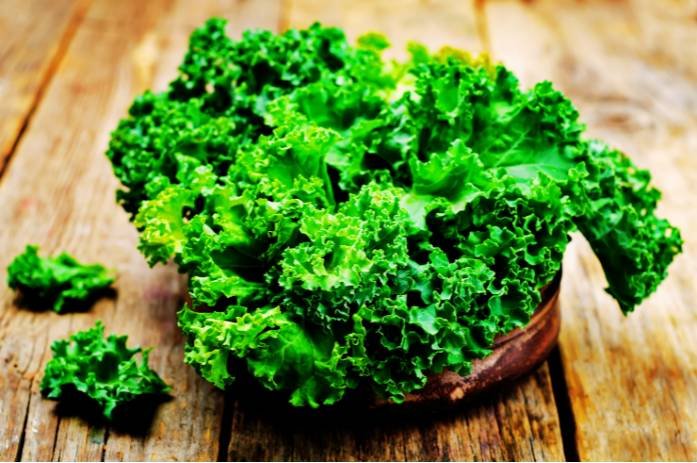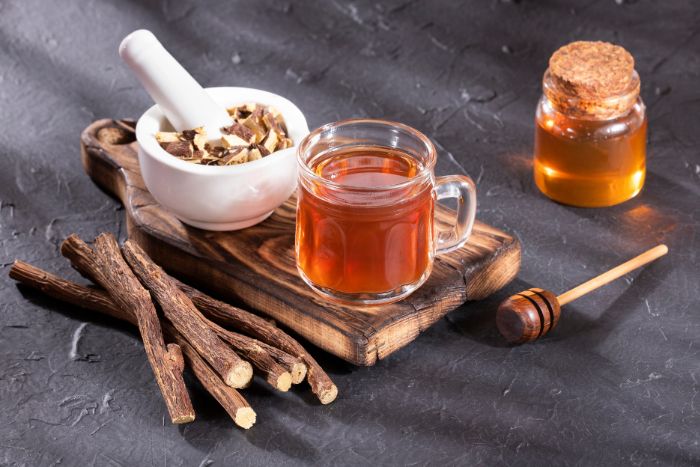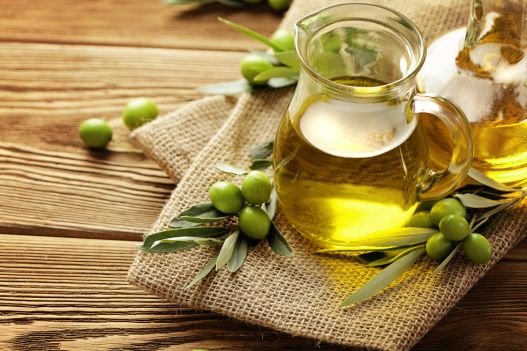Introduction to Seitan Protein
Seitan protein is a plant-based powerhouse that’s gaining popularity in the world of nutrition. Derived from wheat gluten, seitan is a versatile meat substitute with a chewy texture and a neutral taste. Many people are turning to seitan as a protein source because it’s not only delicious but also rich in essential amino acids, making it a valuable addition to various diets.
But what sets seitan protein apart? Unlike some plant proteins, seitan boasts an impressive protein content, providing a substantial amount per serving. This makes it an excellent choice for individuals looking to meet their protein needs without relying on animal products. So, whether you follow a vegetarian, vegan, or flexitarian diet, seitan can be a valuable source of this essential nutrient.
Additionally, seitan’s versatility in the kitchen makes it an ideal ingredient for a wide range of dishes. You can marinate, grill, stir-fry, or even bake seitan to create flavorful and protein-packed meals. So, if you’re looking to diversify your protein sources or explore tasty plant-based alternatives, seitan protein might just be the perfect addition to your culinary repertoire.
What is Seitan and Its Origins
Seitan protein, often referred to simply as seitan, is a popular plant-based protein source made from gluten, the protein found in wheat. It has gained recognition as a meat substitute because of its chewy texture and ability to absorb flavors. So, for those looking to increase their protein intake without meat, seitan protein becomes a go-to option.
Seitan protein’s origins can be traced back to East Asian cuisines, where it has been a staple for centuries. In China and Japan, it is known as “mianjin” and “fu,” respectively. But it’s not just in Asia; seitan has become a global sensation because of its versatility. So, whether you’re in Asia, Europe, or the Americas, you’ll likely find seitan used in various dishes.
But how is seitan protein made? The process involves washing wheat flour dough with water until the starch is removed, leaving behind the gluten. This glutenous mass is then cooked, creating the firm and protein-rich seitan we know. Because it’s made from wheat, seitan is not suitable for those with gluten sensitivities. So, it’s important to be mindful of dietary restrictions when incorporating seitan protein into your meals.
So why choose seitan protein over other plant-based options? One compelling reason is its high protein content; seitan packs a protein punch that can rival some animal-based sources. And because of its neutral taste, seitan readily takes on the flavors of the ingredients it’s cooked with, making it a versatile addition to various recipes. So, whether you’re a seasoned plant-based eater or just exploring alternatives, seitan protein offers a tasty and protein-packed option for your plate.
Also Read : High protein breakfast meal prep
Seitan Protein Per 100g
Seitan Protein Per 100g is a standout plant-based option, offering around 75 grams of protein and a complete amino acid profile. This makes it an excellent choice for those seeking a high-density protein source without animal products. Additionally, seitan provides essential nutrients like iron, calcium, and phosphorus, enhancing both protein intake and overall nutritional balance.
Seitan Protein Per Serving: Practical Portions for Everyday Meals
Seitan Protein Per Serving is a practical measure for incorporating this plant-based protein into your daily meals. A typical serving of seitan is around 3 ounces, providing approximately 21 grams of protein. This makes it a convenient option for meeting your protein needs in a single meal.
Including Seitan Protein Per Serving in your diet is not only practical but also versatile. You can easily adjust your portion size based on your nutritional goals. So, whether you’re aiming for a protein-packed lunch or a post-workout dinner, seitan allows for flexible and satisfying servings.
But what makes Seitan Protein Per Serving practical for everyday meals? Well, it’s not just about the protein content; seitan is also low in fat and carbohydrates. This makes it an excellent choice for those looking to manage their overall calorie intake while prioritizing protein. So, incorporating seitan into your daily meals can be a simple and effective way to maintain a balanced and nutritious diet.
Also Read : Best way to get collagen into body
Comparing Seitan Protein vs Chicken
| Nutrient | Seitan Protein (Per 3-ounce serving) | Chicken Breast (Cooked, Skinless, Per 3-ounce serving) |
|---|---|---|
| Protein Content | Approximately 21 grams | Approximately 26 grams |
| Fat Content | Lower in fat | Varies depending on cut and preparation |
| Calorie Content | Moderate calorie content | Varies depending on cut and cooking method |
| Dietary Considerations | Suitable for vegetarian and vegan diets | Suitable for omnivorous diets |
| Flavor Profile | Neutral taste that absorbs flavors well | Distinct chicken flavor, can be seasoned differently |
| Versatility | Highly versatile in various cuisines | Versatile but with fewer flavor-absorbing capabilities |
Seitan Protein vs Chicken is a common comparison in the world of nutrition. Seitan, being a plant-based protein source, stands out for its unique characteristics. While chicken has long been a traditional protein choice, seitan offers a viable alternative for those seeking to diversify their diets.
Protein Density Comparison
Let’s start by comparing the protein density of Seitan Protein vs Chicken. Seitan offers approximately 21 grams of protein per 3-ounce serving, making it a substantial plant-based protein source. In contrast, chicken provides roughly 26 grams of protein in the same serving size, highlighting its protein richness.
Nutritional Advantages of Seitan
Beyond protein, Seitan Protein vs Chicken reveals another layer of comparison. Seitan tends to be lower in fat compared to chicken, making it advantageous for those managing their overall fat intake. This aspect emphasizes the nutritional benefits of incorporating seitan into a balanced diet.
Tackling Myths About Chicken
It’s important to dispel myths about chicken when considering Seitan Protein vs Chicken. While chicken is a popular protein choice, it’s not the sole option for high-quality protein. Seitan, with its robust protein profile, challenges the misconception that plant-based sources are inferior in nutritional value.
Seitan Protein vs Tofu: A Plant-Based Showdown
Shifting focus to a broader comparison, Seitan Protein vs Tofu presents a plant-based showdown. Examining the Nutrient Profiles in Focus, seitan offers a different set of nutrients compared to tofu. Understanding these distinctions is crucial for making informed dietary choices based on individual nutritional needs.
Texture and Taste: Why Seitan Stands Out
The texture and taste factor heavily influences food preferences between Seitan Protein vs Chicken. Seitan, with its neutral taste and ability to absorb flavors well, provides a versatile culinary experience. In contrast, chicken’s distinct flavor contributes to a different culinary dynamic. When choosing between the two, personal taste preferences play a significant role in decision-making.
Seitan Protein Bioavailability: Unlocking Digestibility Insights
Digestibility Insights: Understanding seitan protein bioavailability involves exploring its digestibility. Seitan is generally well-tolerated by many individuals, making it easily digestible. This is beneficial for those looking to optimize nutrient absorption.
However, it’s important to note that Seitan Protein Bioavailability is influenced by individual factors. Some people may experience digestive discomfort because seitan is derived from gluten, which can be problematic for those with gluten sensitivities. So, personal tolerance plays a role in the overall digestibility of seitan protein.
Absorption Efficiency Compared: Seitan Protein Bioavailability also involves comparing its absorption efficiency with other protein sources. While seitan provides a complete amino acid profile, its absorption efficiency might differ from animal-based proteins. The presence of anti-nutrients in some plant-based proteins can impact absorption, but this varies across individuals.
So, why does Seitan Protein Bioavailability matter in absorption efficiency? Well, it’s not just about consuming protein but ensuring the body can absorb and utilize it effectively. While seitan offers a high-quality protein source, individuals with specific dietary concerns should be mindful of their overall nutrient absorption.
Incorporating Seitan Into Your Diet
When it comes to adding Seitan to your diet, the possibilities are both delicious and nutrient-rich. Seitan’s neutral taste allows it to absorb flavors well, making it a versatile ingredient for various recipes.
Seitan Stir-Fry Delight: One exciting way to enjoy Seitan is by creating a Stir-Fry Delight. Start by sautéing colorful vegetables, such as bell peppers and broccoli, in a pan. Add sliced seitan and your favorite stir-fry sauce for a quick and flavorful dish. The result is a tasty combination of textures and tastes that can satisfy your cravings.
Seitan Tacos – A Plant-Based Fiesta: Turn your mealtime into a plant-based fiesta by making Seitan Tacos. Seasoned seitan can be a perfect taco filling, providing a savory and satisfying alternative. Top it with fresh salsa, guacamole, and shredded lettuce for a burst of flavors and textures. Seitan Tacos offer a satisfying and wholesome twist to traditional taco nights.
Seitan Power Bowl: For a nutritious and balanced meal, consider crafting a Seitan Power Bowl. Combine cooked quinoa or brown rice with sautéed seitan, roasted vegetables, and a drizzle of your favorite sauce. This creates a nourishing bowl that’s not only visually appealing but also packed with essential nutrients. The versatility of the power bowl makes it suitable for various dietary preferences.
Incorporating Seitan into your diet is not only about nutrition but also about enjoying tasty and satisfying meals. Whether you’re whipping up a stir-fry, crafting plant-based tacos, or assembling a power bowl, seitan offers a delicious way to diversify your culinary experiences while meeting your dietary needs.
Seitan Protein in the Fitness World
Seitan Protein is gaining recognition as a muscle-building ally in the fitness world. Its high protein content, combined with a complete amino acid profile, makes it a valuable option for those looking to support their muscle growth and recovery.
Seitan Protein – A Muscle-Building Ally: Seitan’s protein density, providing around 21 grams per 3-ounce serving, contributes to its role as a muscle-building ally. This nutrient-packed option helps replenish amino acids post-workout, promoting muscle protein synthesis.
Fitness Enthusiasts’ Perspective – Seitan vs Traditional Proteins: From a fitness enthusiasts’ perspective, Seitan stands tall in comparison to traditional proteins. While some may opt for animal-based sources, Seitan offers a plant-powered alternative that is equally effective for muscle building. Plus, its versatility in various recipes adds a tasty dimension to fitness-focused meals.
Whether you’re incorporating it into post-workout meals or comparing it to traditional proteins, Seitan proves to be a valuable asset for those on a fitness journey.
Addressing Concerns about Seitan Protein
Seitan Protein has sparked some concerns, but it’s essential to debunk the myths surrounding it. One common misconception is that Seitan is not a complete protein. However, Seitan provides all essential amino acids, debunking this myth and highlighting its nutritional value.
Seitan Protein Myths Debunked
A prevailing myth is that Seitan lacks nutritional benefits. In reality, Seitan is not only protein-rich but also a good source of iron, calcium, and phosphorus. So, dismissing Seitan due to misinformation can lead to missing out on its valuable nutrients.
Seitan Protein and Gluten Sensitivity: Concerns about Seitan Protein and gluten sensitivity often go hand in hand. Because Seitan is made from wheat gluten, it may not be suitable for those with gluten sensitivities. However, it’s crucial to recognize that gluten-free alternatives exist, and individuals with gluten sensitivity can explore those options instead.
By debunking myths and understanding the relationship between Seitan and gluten sensitivity, individuals can make informed decisions about whether to include Seitan in their diets.
Conclusion: Seitan Protein – A Tasty and Wholesome Choice
In conclusion, Seitan Protein adds a delicious touch to your plate. Its neutral taste makes it versatile in various dishes, providing a satisfying culinary experience. Moreover, being plant-based, Seitan aligns with sustainability goals, contributing to a greener and eco-friendly diet. Packed with essential nutrients, Seitan is not just flavorful but also a wholesome choice for those seeking a tasty and nutritious alternative.

Passionate & Certified Nutritionist
A seasoned nutrition specialist dedicated to empowering individuals through personalized dietary guidance. Committed to fostering healthier lifestyles, providing tailored meal plans, and offering evidence-based nutritional advice. Passionate about promoting overall well-being by translating complex nutritional science into practical, sustainable strategies for improved health.















